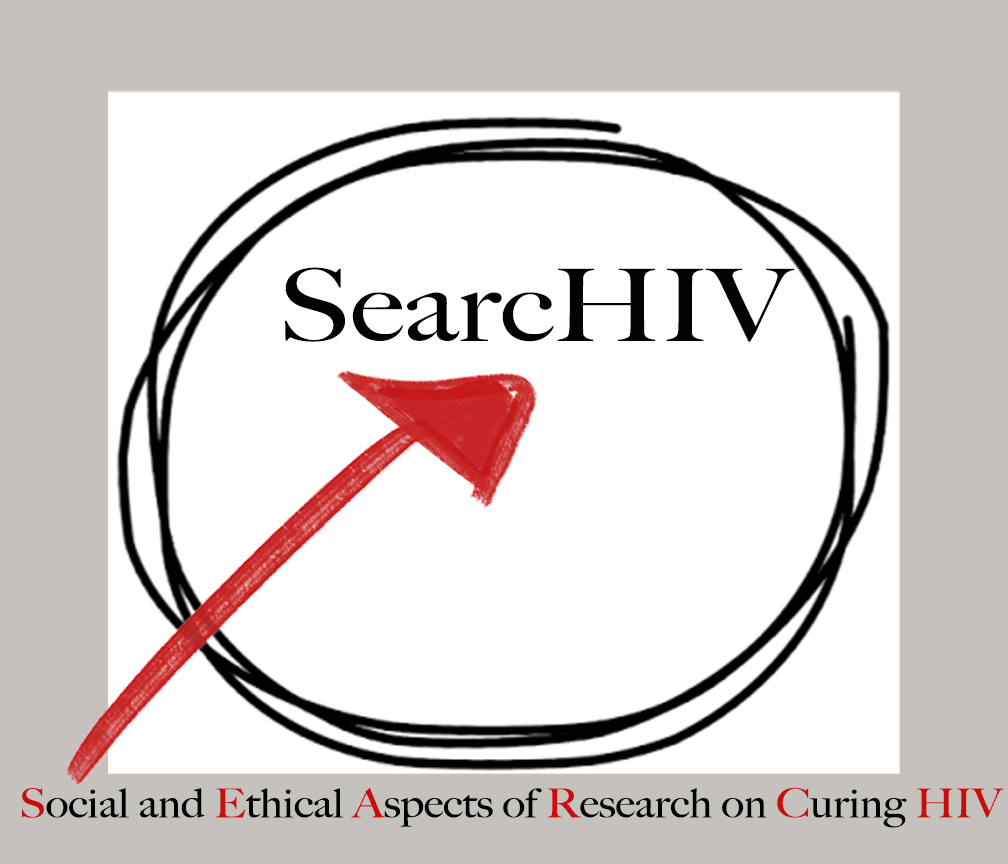by Dr. Joseph Tucker, searcHIV Principal Investigator
The quest to achieve HIV remission has identified a wide range of potential candidates to decrease the size of the HIV reservoir, including broadly neutralizing antibodies, vaccines, traditional Chinese herbs, and gene editing therapies. However, none of these individual approaches alone has generated a sufficient decrease in the measurable HIV reservoir, suggesting that combination approaches may be needed. searcHIV working group member Dr. Jintanat Ananworanich and Nobel Laureate Francoise Barré-Sinoussi made the argument for combination HIV remission research in a recent issue of Lancet HIV (see here). The conventional pathway of drug development would initially examine a single drug target in animal models, then with proof of efficacy from animal models in hand, progress to early phase human trials.
But this conventional pathway of drug development is time consuming and, according to Drs. Ananworanich and Barré-Sinoussi, not necessary. Their central point is that carefully designed in vitro and animal data can accelerate combination HIV remission research and be organized in parallel instead of sequentially. Their model for multi-drug trials calls for animal efficacy studies at the same time as phase 1 human safety studies. Then the results of both of these trials would be used to inform phase 2 human studies. Importantly, they also highlight the need for social science and ethics research alongside clinical and animal research.
What are the barriers to a combination HIV remission approach? Drs. Ananworanich and Barré-Sinoussi underline the regulatory barriers associated with combination drug trials, but there are also major hurdles if the two drug candidates come from two different drug companies. With some exceptions, drug development has a single pharmaceutical company guiding a single drug from pre-clinical research through to phase 3 human studies. New forms of collaboration between pharmaceutical companies and other partners would likely be essential for the success of a combination cure trial approach. HIV has inspired many new forms of collaboration in the past and we hope this trend carries forward with HIV remission research.

